NASA's Artemis 1 moon rocket looks spectacular in these amazing photos

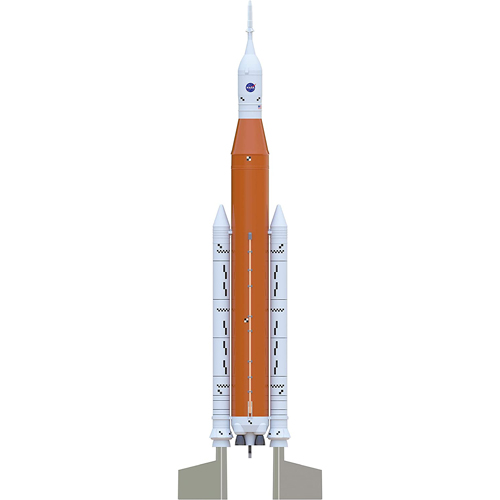
You can launch a Space Launch System of your own with this Estes NASA SLS model rocket for a 1:200 scale version of NASA's moon megarocket. Read more about it.
Update, 11:28 a.m. EDT: The Artemis 1 mission has been scrubbed due to a fuel leak. The next possible opportunity is Monday (Sept. 5).
NASA's Space Launch System rocket has made for an awe inspiring photography object as it has been waiting on a launch pad at NASA's Kennedy Space Center in Florida ahead of its second attempt to lift off for the milestone Artemis 1 mission.
A flurry of NASA photographers captured the imposing 322-foot-tall (98 meters) Space Launch System in the days after the scrapped first launch attempt on Monday (Aug.29). NASA called off the Monday launch shortly before lift-off due to an engine cooling issue, which was later traced to a faulty sensor.
NASA engineers cleared the moon exploration rocket for a second go today. If all goes well, the rocket, with an uncrewed Orion space capsule atop, will blast off Launch Pad 39B at 2:17 p.m. EDT (1817 GMT) for a 37-day lunar test trip. You can watch it launch live online starting at 12:15 p.m. EDT (1615 GMT).
Related: NASA's Artemis 1 moon mission: Live updates
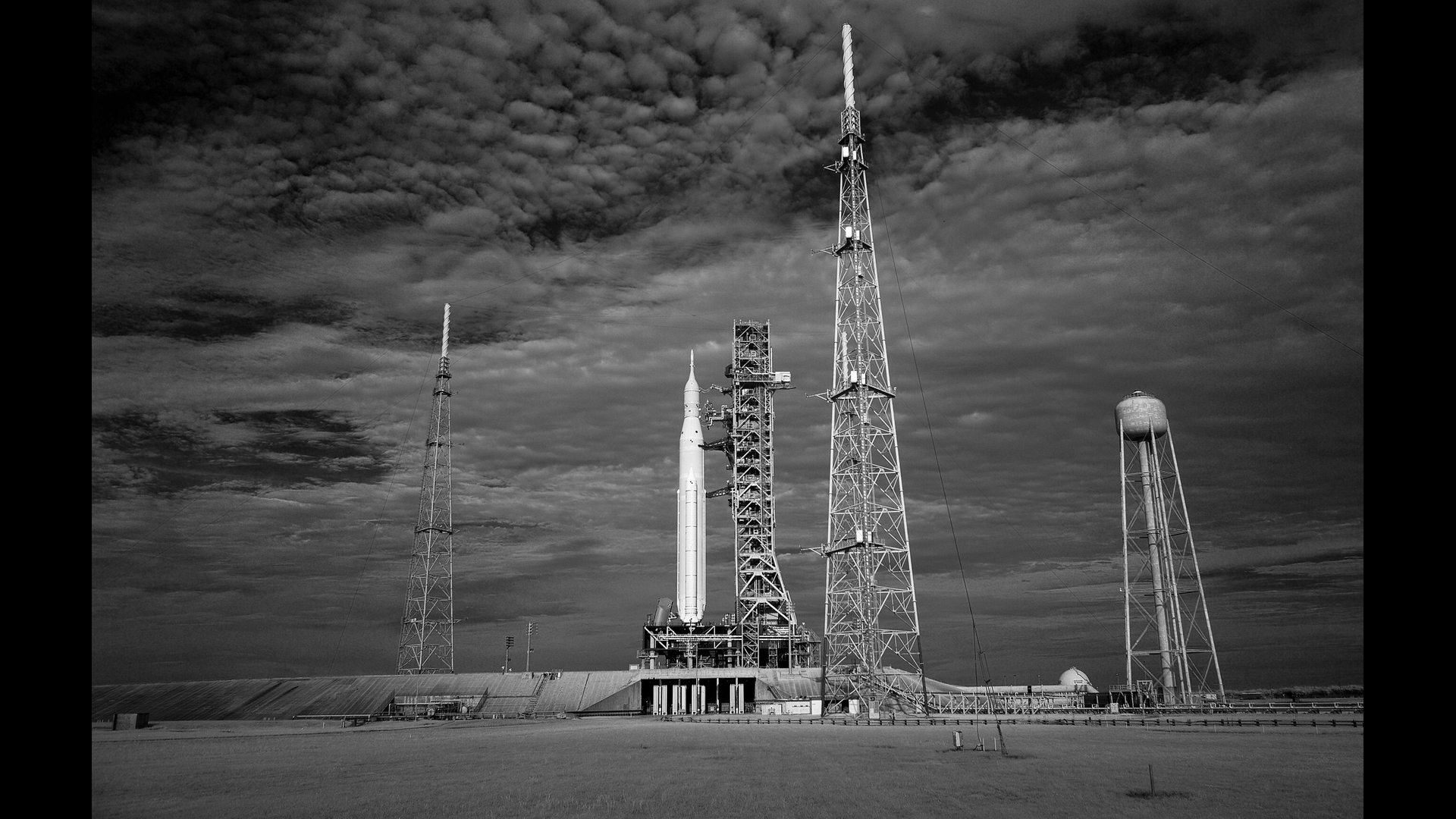
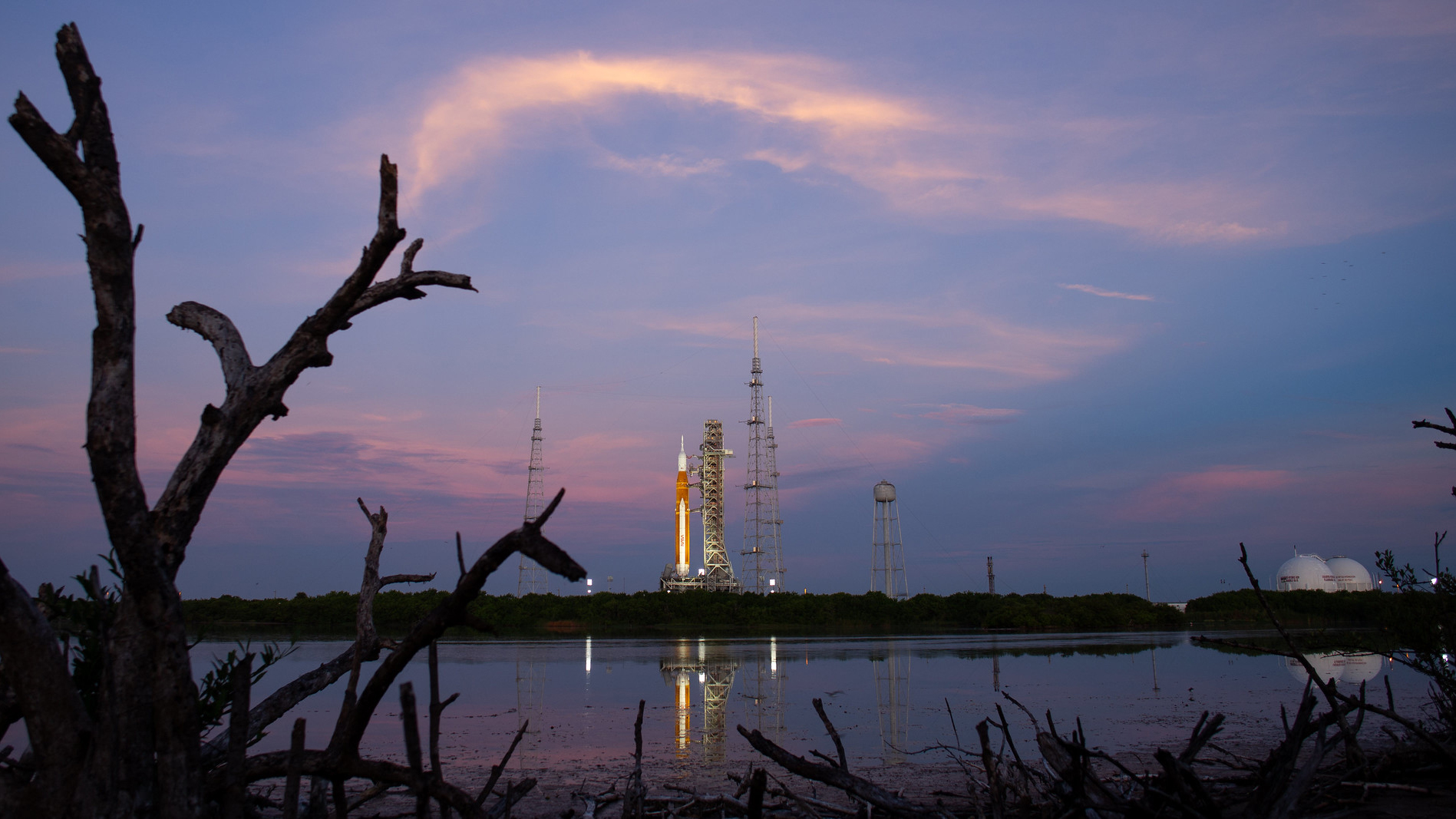
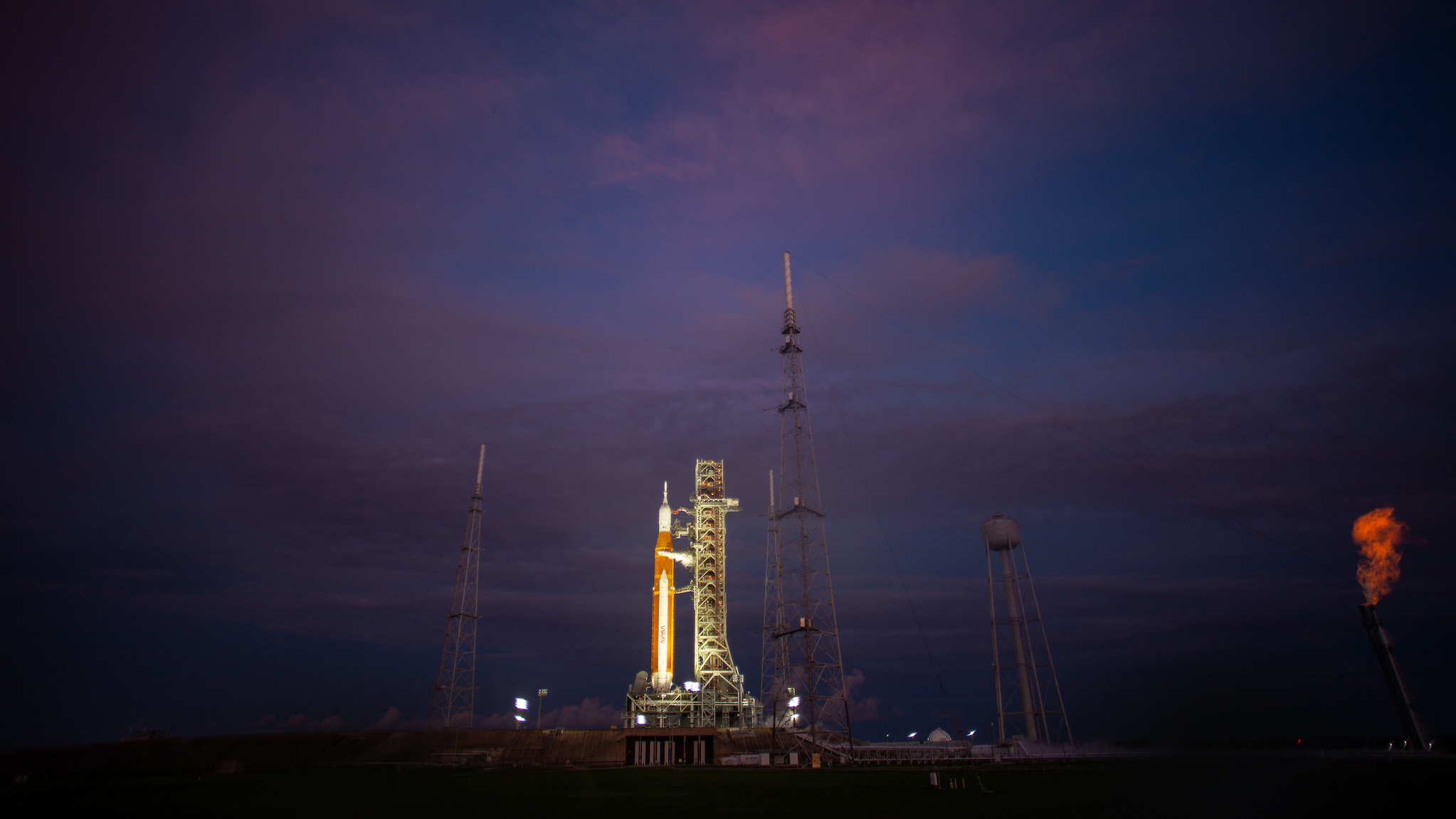
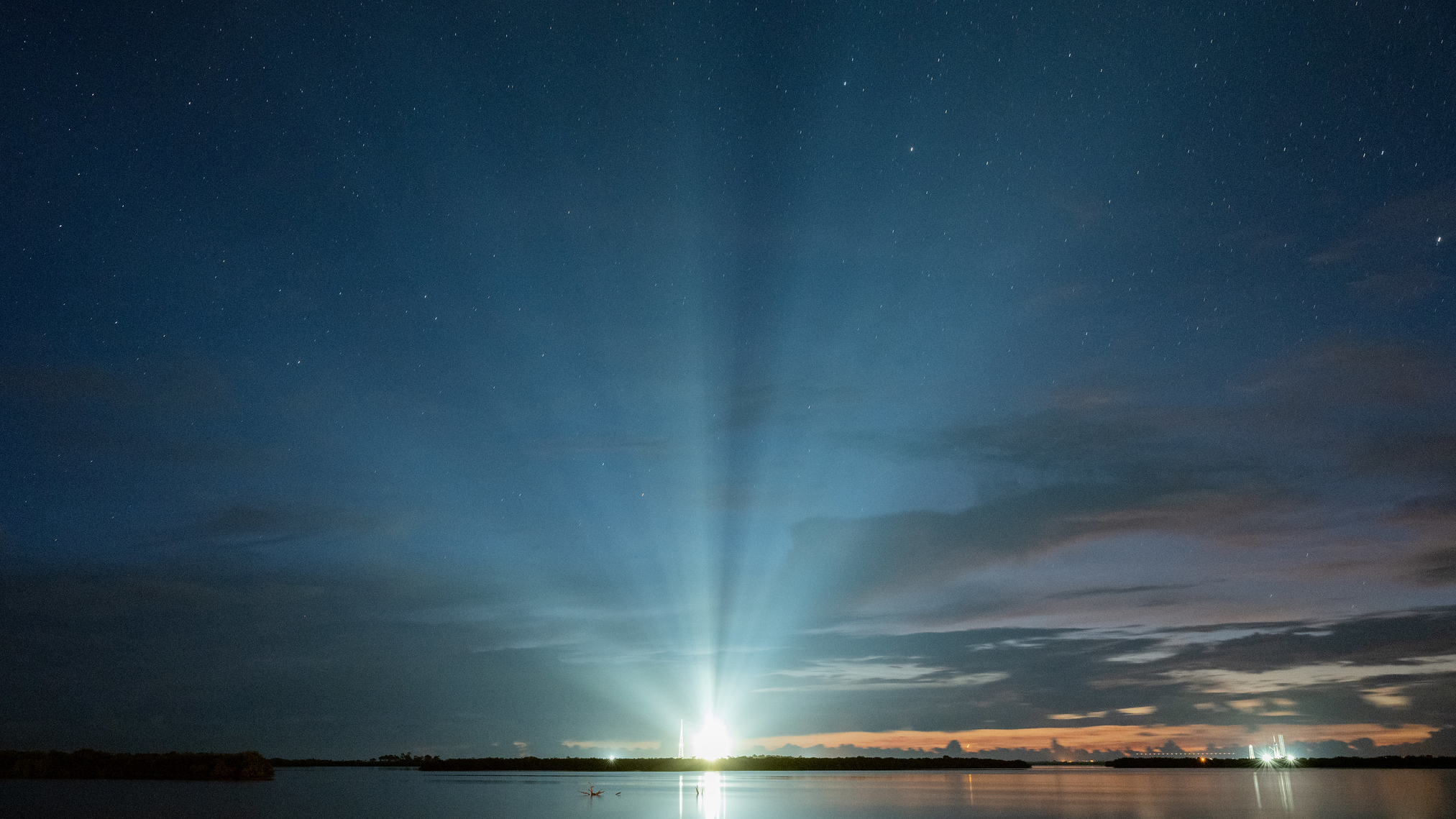
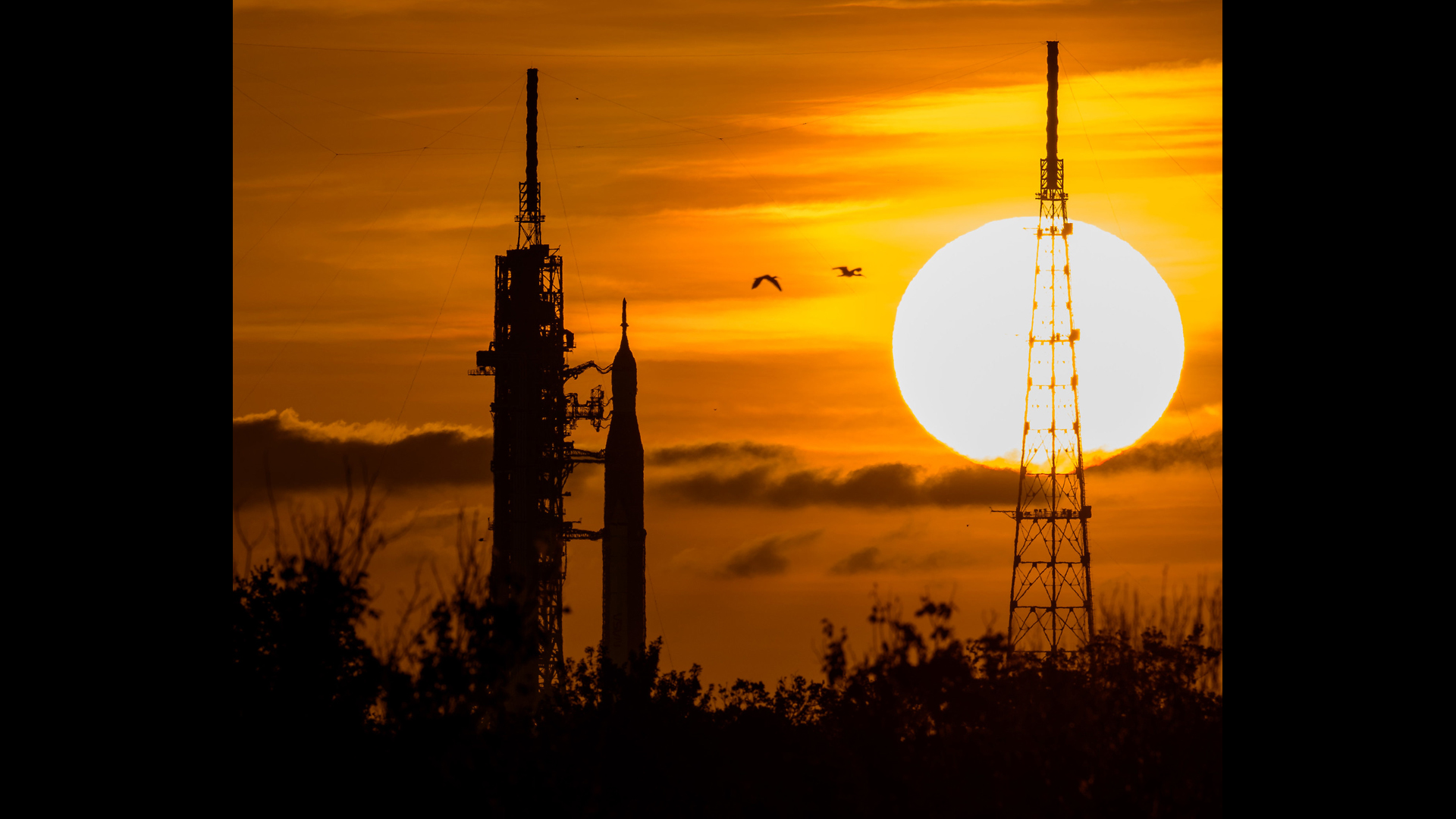
The Artemis 1 mission will demonstrate that crucial technologies for future human trips to the moon work as expected. NASA currently plans to return humans to the moon in 2024 with the Artemis 2 mission, and hopes for a lunar landing a year after that with Artemis 3.
Editor's note: Follow our Artemis 1 mission live updates page for the latest on Artemis 1 mission news. Visit Space.com for live webcast.
Get the Space.com Newsletter
Breaking space news, the latest updates on rocket launches, skywatching events and more!
Follow Tereza Pultarova on Twitter @TerezaPultarova. Follow us on Twitter @Spacedotcom and on Facebook.
Join our Space Forums to keep talking space on the latest missions, night sky and more! And if you have a news tip, correction or comment, let us know at: community@space.com.

Tereza is a London-based science and technology journalist, aspiring fiction writer and amateur gymnast. Originally from Prague, the Czech Republic, she spent the first seven years of her career working as a reporter, script-writer and presenter for various TV programmes of the Czech Public Service Television. She later took a career break to pursue further education and added a Master's in Science from the International Space University, France, to her Bachelor's in Journalism and Master's in Cultural Anthropology from Prague's Charles University. She worked as a reporter at the Engineering and Technology magazine, freelanced for a range of publications including Live Science, Space.com, Professional Engineering, Via Satellite and Space News and served as a maternity cover science editor at the European Space Agency.









